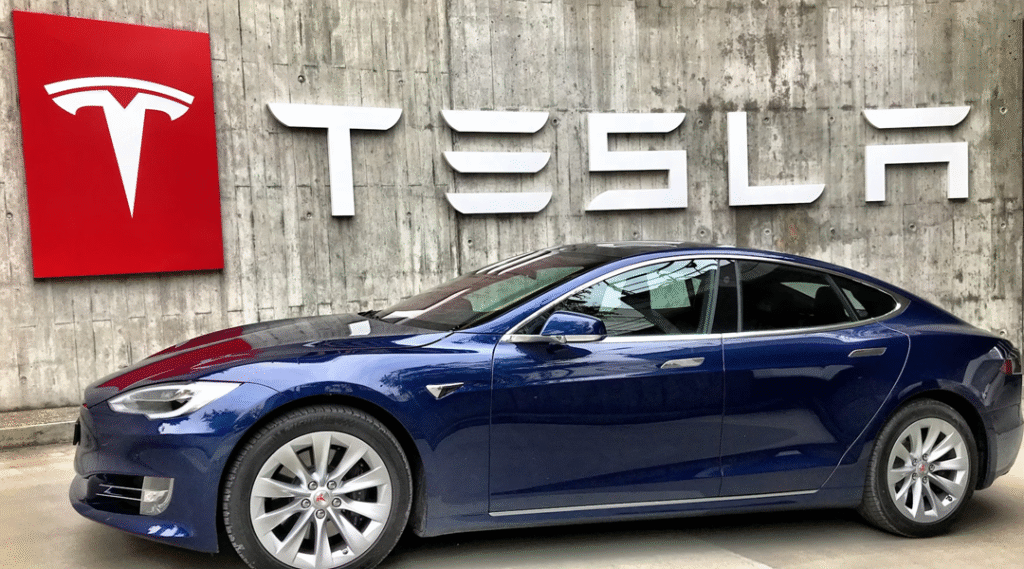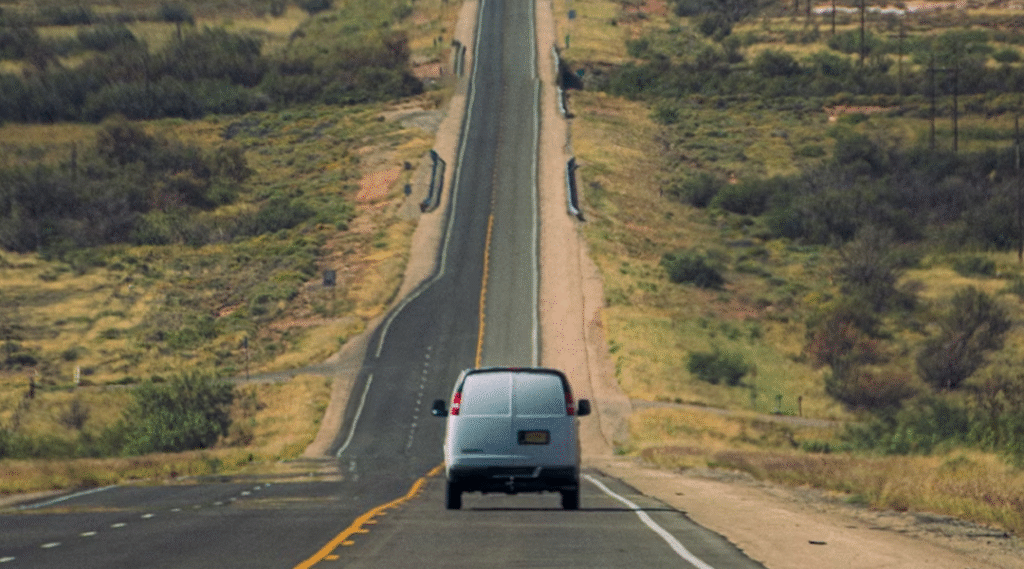Elon Musk, the CEO of Tesla and one of the most influential figures in modern technology, has long envisioned a future dominated by fully autonomous vehicles. For Musk, self-driving technology is not just a convenience—it’s a fundamental shift in how humanity approaches transportation, safety, and efficiency. His deep thinking on this subject combine engineering ambition with philosophical insight, revealing a future where AI-driven mobility plays a central role in everyday life.
Musk’s belief in autonomous driving begins with safety. Each year, millions of people are injured or killed in car accidents—most of which are caused by human error. Musk argues that advanced AI systems can outperform human drivers by reacting faster, staying constantly attentive, and processing vast amounts of environmental data in real time. Tesla’s Full Self-Driving (FSD) and Autopilot technologies are developed to use cameras and neural networks to simulate human-like vision, enabling cars to understand and respond to their surroundings with extraordinary precision.
Unlike other companies in the autonomous vehicle race, such as Waymo or Cruise, Tesla has rejected the use of LiDAR (Light Detection and Ranging) systems. Musk calls LiDAR a “crutch,” and instead believes that a camera-based approach—combined with massive real-world driving data—is the most scalable and cost-effective path to autonomy. His rationale is based on human behavior: if people can drive using only their eyes and brains, AI should be able to do the same, but better. However, critics argue that this method lacks redundancy, particularly in poor weather or unusual driving conditions. Despite the skepticism, Musk is confident that Tesla’s data-centric approach will eventually deliver safer and more capable self-driving cars than those reliant on maps and sensors.
Beyond technology, Musk sees self-driving cars as a catalyst for broader social and economic change. In his vision, car ownership evolves into a shared economy model, where individuals can deploy their vehicles as autonomous taxis during idle hours. This would reduce the cost of transportation dramatically while increasing vehicle utilization. Tesla owners could even earn income from their cars without being behind the wheel. Musk refers to this concept as the Tesla “Robotaxi” network—a future where cars are not just tools for transportation, but active participants in the economy.
However, this future has taken longer to arrive than Musk originally anticipated. While he has made several predictions about the arrival of full autonomy, the complex and unpredictable nature of real-world driving has forced delays. Musk has candidly acknowledged that achieving full self-driving is a more difficult problem than initially thought. From confusing construction zones to erratic human drivers, the AI must learn to handle nearly infinite scenarios. Yet Musk remains optimistic, calling it a “solvable problem” that simply requires more time, data, and refinement.
Musk also recognizes the ethical and regulatory dimensions of self-driving technology. He often speaks about the need for responsible AI development and has urged caution when deploying powerful autonomous systems. At Tesla, this has led to a phased release of FSD features, where a limited group of users test new capabilities under close monitoring before wider rollout. For Musk, trust and transparency are essential in building public confidence in autonomous systems.
In summary, Elon Musk’s thoughts on self-driving cars extend far beyond technical innovation. He sees autonomy as a transformative force—one that can reduce accidents, lower costs, and redefine urban life. While challenges remain, Musk’s long-term vision continues to drive the global conversation and push the boundaries of what’s possible. Whether or not Tesla is the first to deliver full self-driving, Musk’s ideas are shaping the roadmap for the future of mobility.
More articles for the topic:
Humanoid Robotics Face-Off: Assessing Tesla Optimus and Its Top Competitors
Elon Musk’s Master Blueprint for Tesla
As for in-depth insight articles about AI tech, please visit our AI Tech Category here.
As for in-depth insight articles about Auto Tech, please visit our Auto Tech Category here.
As for in-depth insight articles about Smart IoT, please visit our Smart IoT Category here.
As for in-depth insight articles about Energy, please visit our Energy Category here.
If you want to save time for high-quality reading, please visit our Editors’ Pick here.



